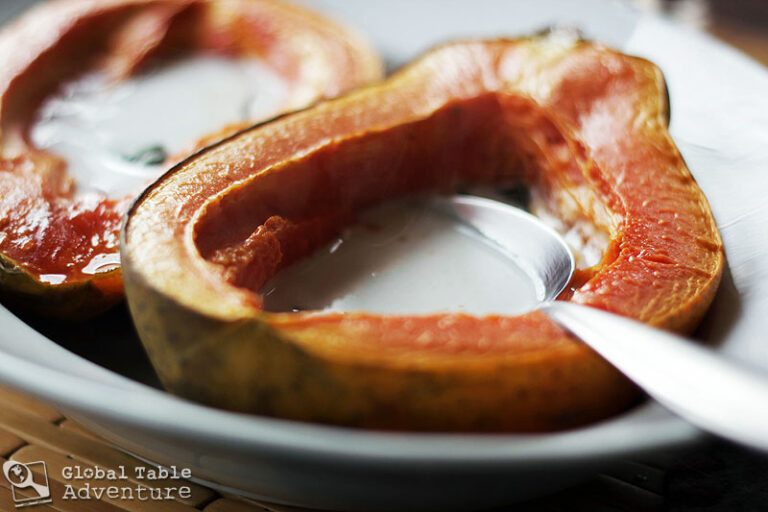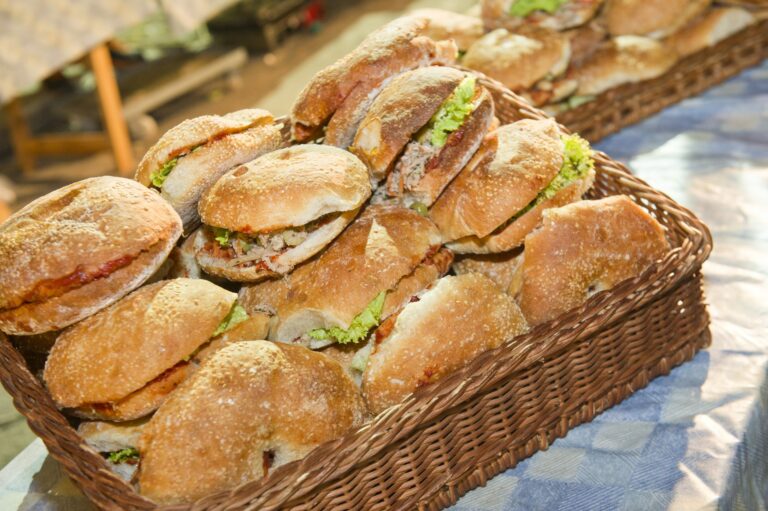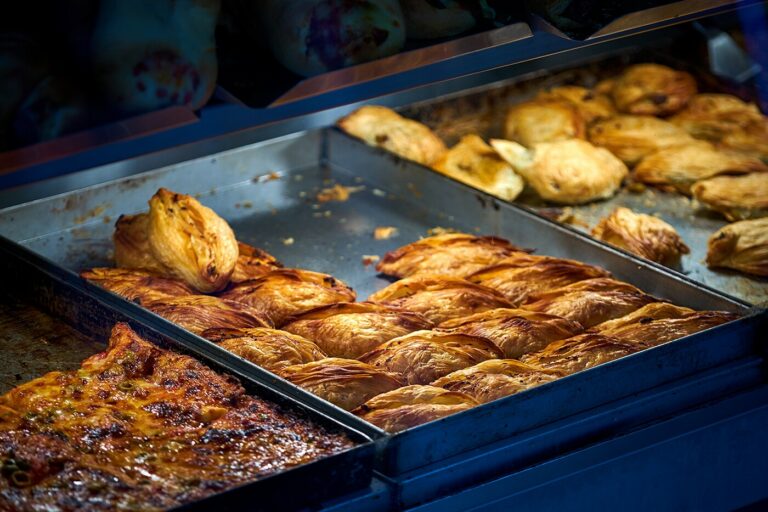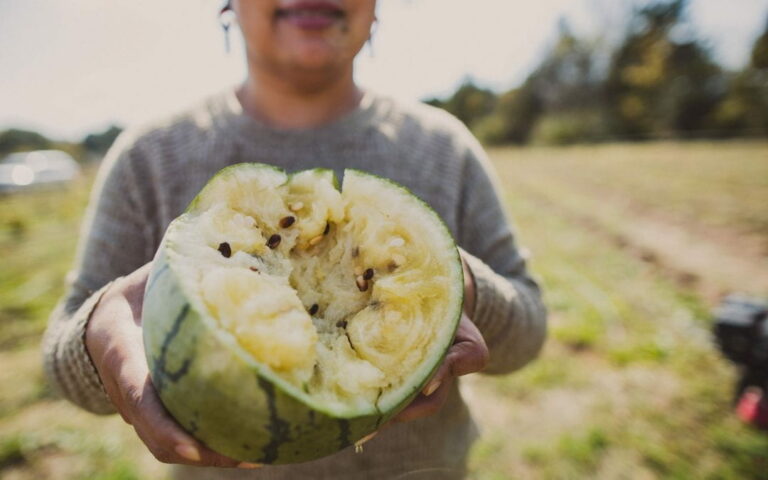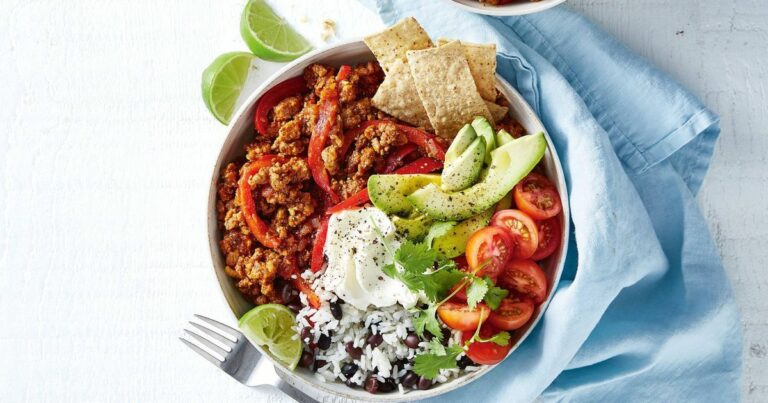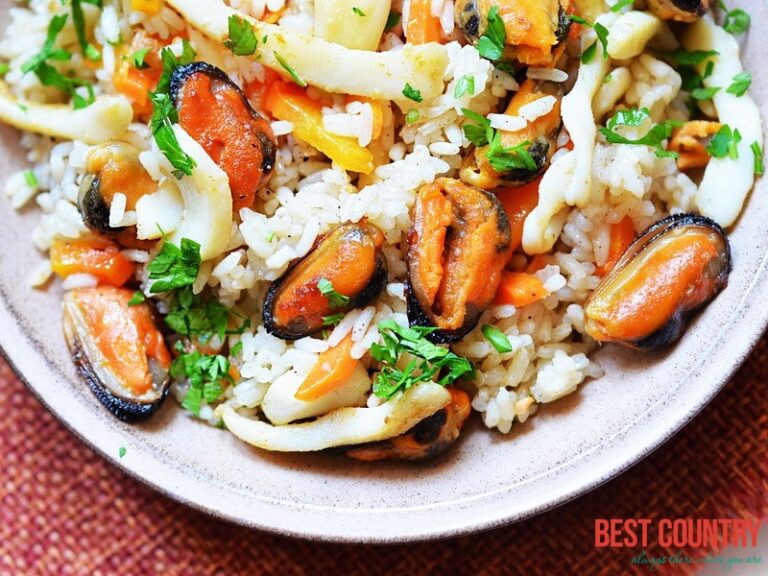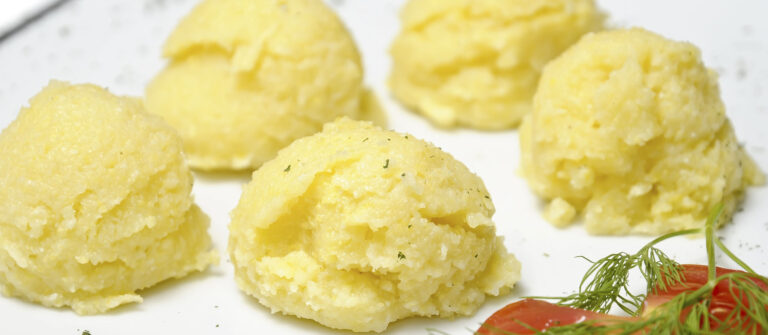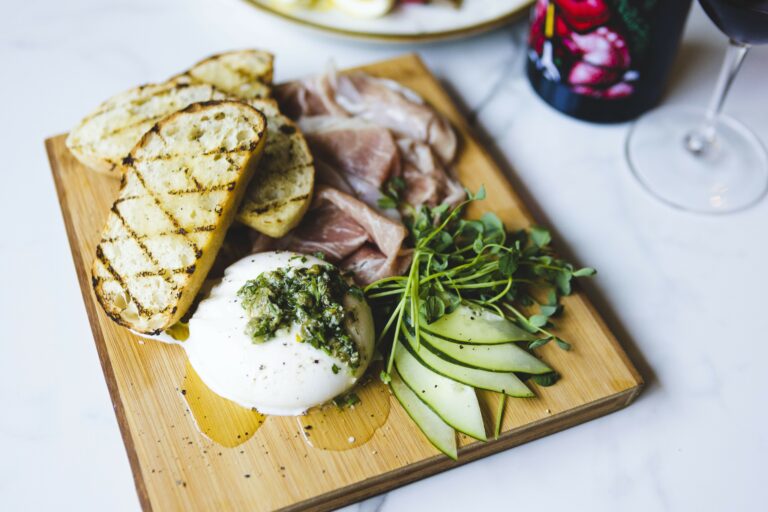Introduction: The Importance of Local and Seasonal Ingredients
Using local and seasonal ingredients in cooking has become increasingly popular in recent years, as people recognise the benefits of eating food that is grown and harvested in their local area. Using local and seasonal ingredients not only supports local farmers and reduces environmental impact, but it also ensures that the food is fresher and of better quality.
Maltese cuisine is no exception to this trend, with many chefs and home cooks alike focusing on using locally sourced ingredients in their dishes. In this article, we will explore the historical significance of Maltese cuisine, current trends in Maltese cooking, the availability of local and seasonal ingredients in Malta, and the importance of promoting sustainability in Maltese cuisine.
The Historical Significance of Maltese Cuisine
Maltese cuisine has been influenced by a variety of cultures over the centuries, including the Phoenicians, Romans, Arabs, and British. This has resulted in a unique blend of flavours and ingredients that are characteristic of Maltese cuisine today.
Historically, Maltese cuisine relied heavily on local ingredients such as fish, rabbit, and vegetables that were readily available on the island. Spices such as cinnamon, cloves, and nutmeg were also popular, reflecting the influence of Arab traders who visited the island.
Current Trends in Maltese Cooking
In recent years, there has been a renewed focus on using local and seasonal ingredients in Maltese cooking. Many chefs are experimenting with traditional Maltese recipes, using locally sourced ingredients that are in season.
One popular example is the use of ġbejna, a traditional Maltese cheese made from sheep or goat milk. This cheese is often used in salads, pasta dishes, and as a topping for pizza. Other popular local ingredients include fresh fish, tomatoes, and capers.
Availability of Local and Seasonal Ingredients in Malta
In Malta, there is a growing number of farmers who are producing locally grown, seasonal produce. There are also a number of farmers’ markets and food festivals that showcase local ingredients and promote sustainable farming practices.
However, there are still challenges in sourcing local and seasonal ingredients in Malta. The island’s small size and limited agricultural land mean that some ingredients may need to be imported from overseas. Additionally, there is a need to educate consumers about the benefits of using local and seasonal ingredients and to encourage them to support local farmers.
Promoting Sustainability in Maltese Cuisine
Promoting sustainability in Maltese cuisine is crucial for ensuring the future of local agriculture and reducing the environmental impact of food production. This can be achieved through initiatives such as supporting local farmers, reducing food waste, and promoting organic and sustainable farming practices.
In addition, chefs and home cooks can experiment with traditional Maltese recipes and adapt them to include locally sourced, seasonal ingredients. This not only supports local agriculture but also helps to preserve traditional Maltese cuisine for future generations.
Conclusion: The Future of Local and Seasonal Ingredients in Maltese Cooking
The focus on using local and seasonal ingredients in Maltese cooking is set to continue, as more people recognise the benefits of supporting local agriculture and reducing the environmental impact of food production. With the availability of locally grown produce increasing and a renewed interest in traditional Maltese cuisine, the future of local and seasonal ingredients in Maltese cooking looks bright. By promoting sustainability in Maltese cuisine, we can ensure that this unique culinary heritage continues to thrive for generations to come.

